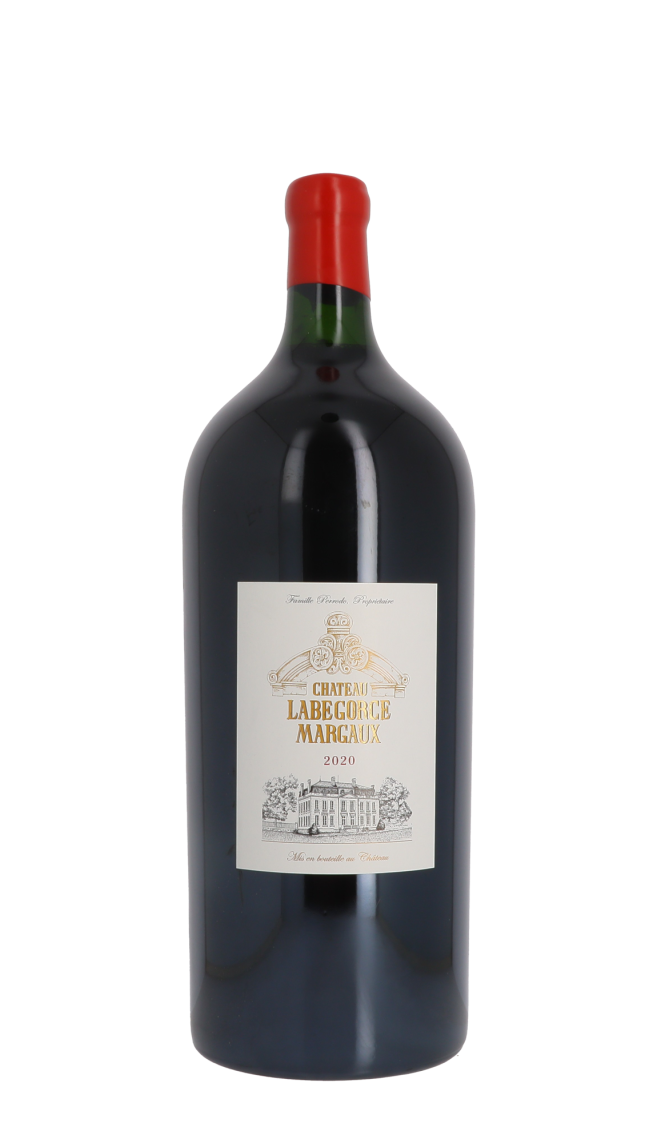The origins of Château Labégorce date back to the 14th century. Its name comes from the members of the La Bégorce family, or Gorce/Gorsse, who were its first owners. The existence of a vineyard belonging to this family is documented as early as 1332.
Before the French Revolution, Labégorce was a large estate, one of the most important in the Médoc. However, the Revolution led to its fragmentation into three separate properties: Château Labégorce, Labégorce Zédé and the smaller L'Abbé Grosse de Grosse. Despite this division, Château Labégorce retained most of the vineyard. The château was built in 1821.
After changing hands several times, Hubert Perrodo, a passionate industrialist and art lover, acquired it in 1989. The new owner had the ambition to reunite the three historic parcels of the estate. He succeeded in acquiring L'Abbé Grosse de Grosse in 2002 and then bought Labégorce Zédé in 2005. This reconstitution of the original estate allowed for a wider selection of terroirs for blending, contributing to the improvement of the wines' quality.
Following Hubert Perrodo's death in 2006, his daughter, Nathalie Perrodo-Samani, took over.
The Château Labégorce vineyard covers 70 hectares in the Margaux appellation. The château's terroir is composed of gravel, clay, sand and limestone. The slight slope of the vineyard promotes natural drainage. Planting density is 9,000 to 10,000 vines per hectare. The average age of the vines is around 30 years, although some vines are over 100 years old. The main grape varieties are Cabernet Sauvignon (50%), Merlot (45%), Cabernet Franc (3%) and Petit Verdot (2%).
The château practises ‘integrated pest management’, an approach to integrated pest control. This involves the careful use of chemicals and the absence of herbicides. Key green operations are carried out to ensure optimal exposure of the grapes to the sun, promoting uniform ripening and concentration of aromas.
The grapes are harvested by hand. The bunches are sorted twice before vatting. Vinification takes place in temperature-controlled stainless steel vats and concrete vats. Malolactic fermentation also takes place in these vats. The wines are aged for an average of 12 to 15 months in French oak barrels. The percentage of new wood varies from 30 to 50% depending on the year. The final blending is supervised by oenologist Marjolaine Maurice de Coninck. The wine is clarified with egg whites before bottling. Since 2015, the château's wines have seen a notable leap in quality. They are recognised for their purity, depth and remarkable ageing potential.

![]()
![]()
![]()
![]()

